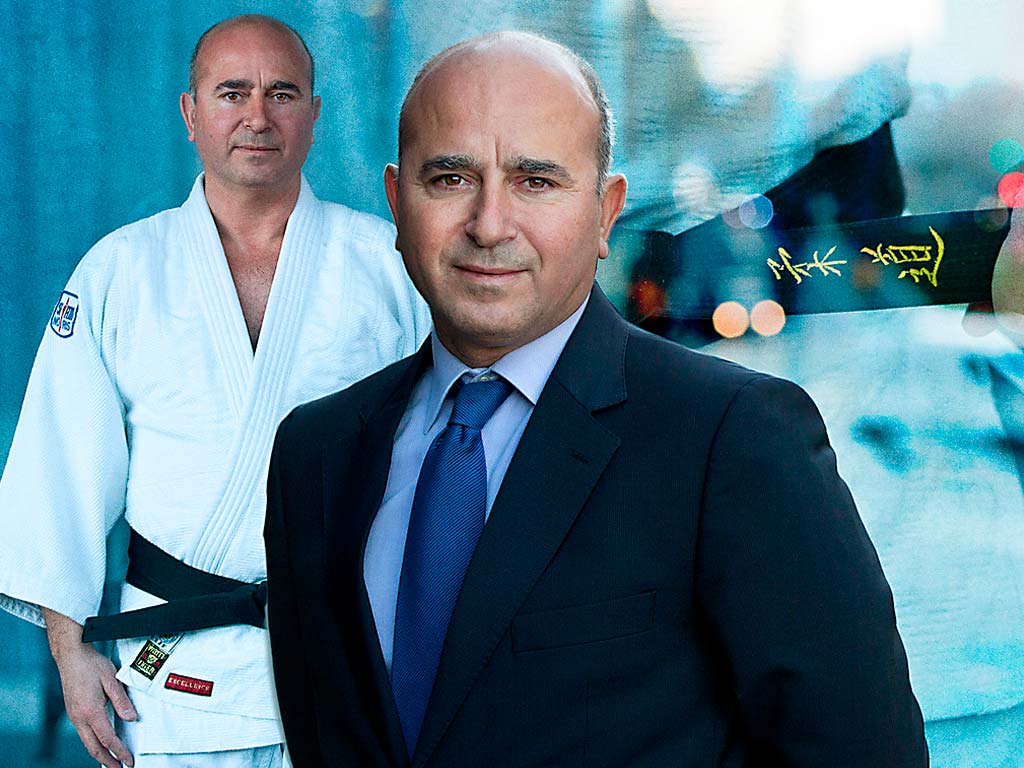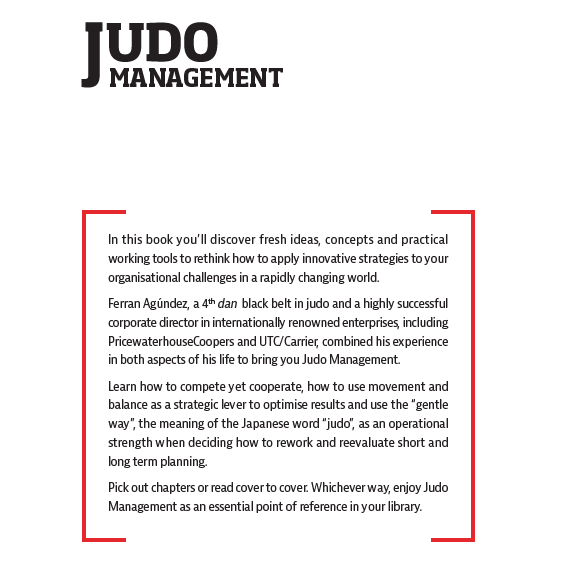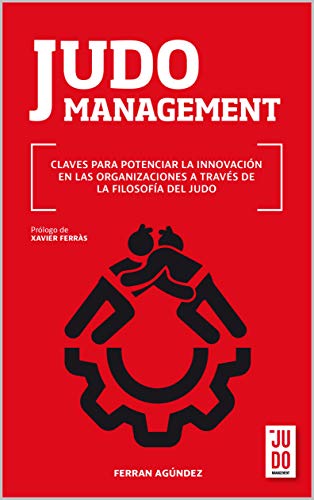Door Nihon Sport


Open Innovation in the Origins of Judo
by Ferran Agúndez
excerpt from chapter 6 of Judo management_Apply the philosophy of judo to leadership.
Jigoro Kano, the father founder of Judo used an innovation strategy similar to what we know now as Open Innovation, an approach for developing innovation proposed by Professor Henry W. Chesbrough in 2003. The main idea of this approach is that organisations can, and must, use external ideas as well as their own and, through cooperation with other organisations, develop innovation processes. That is to say, the approach proposes combining internal knowledge with external knowledge in order to invigorate the creative process, implement it and achieve its objectives.

Kano was mindful of the advice of his American professor, Ernest Fenollosa, to not systematically renounce Japanese arts and traditions. Therefore, he drew inspiration from the combat system of samurais, rooted in his own culture, thus enabling a better understanding and quick dissemination among the population.

Jigoro Kano was also able to seize the opportunity offered by the new times. The winds of change and modernisation that reached Japan meant that traditional martial arts were associated with the anachronistic practices inherent to feudal Japan. Kano took advantage of this decline to access knowledge that the more than one hundred different traditional jujutsu schools kept in secrecy. Each school hid its technical knowledge from the others, aiming to prevent its secrets being used against it. By doing so, they aimed to maintain a competitive edge over the other forms of fighting. The transmission of this knowledge was conducted in a highly selective way to the most trusted students and when the sensei saw that his time in charge of the school was drawing to a close.

Faced with the possibility that their knowledge would disappear with the new times, the senseis of the schools overcame this reticence and were willing to openly explain their technical knowledge of throws, pinning techniques, chokes and joint locks to a young Jigoro Kano, who was eager to learn and had a clear aim: to create something useful for society. This intensive learning exercise enabled him to found his own school in 1882, with an unprecedented amalgam of techniques.

